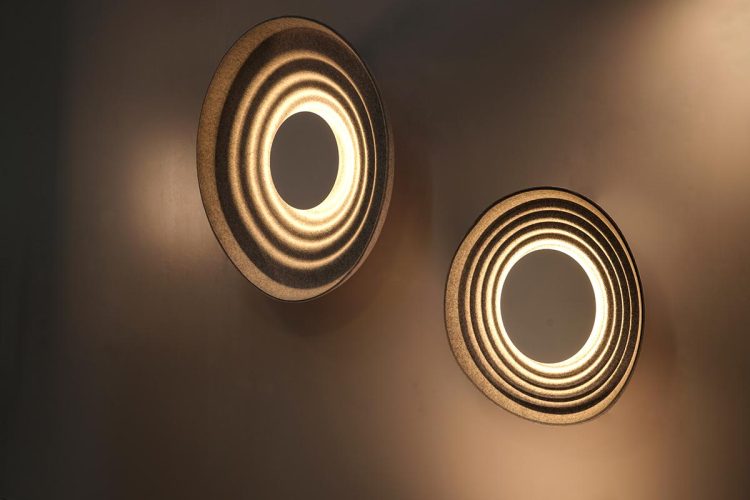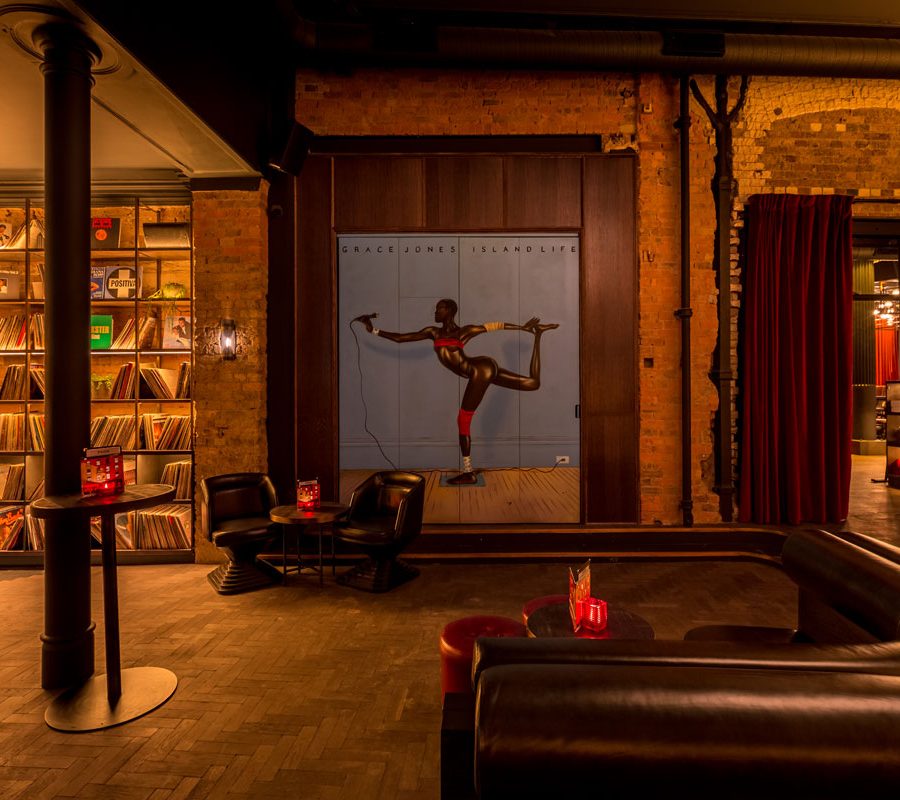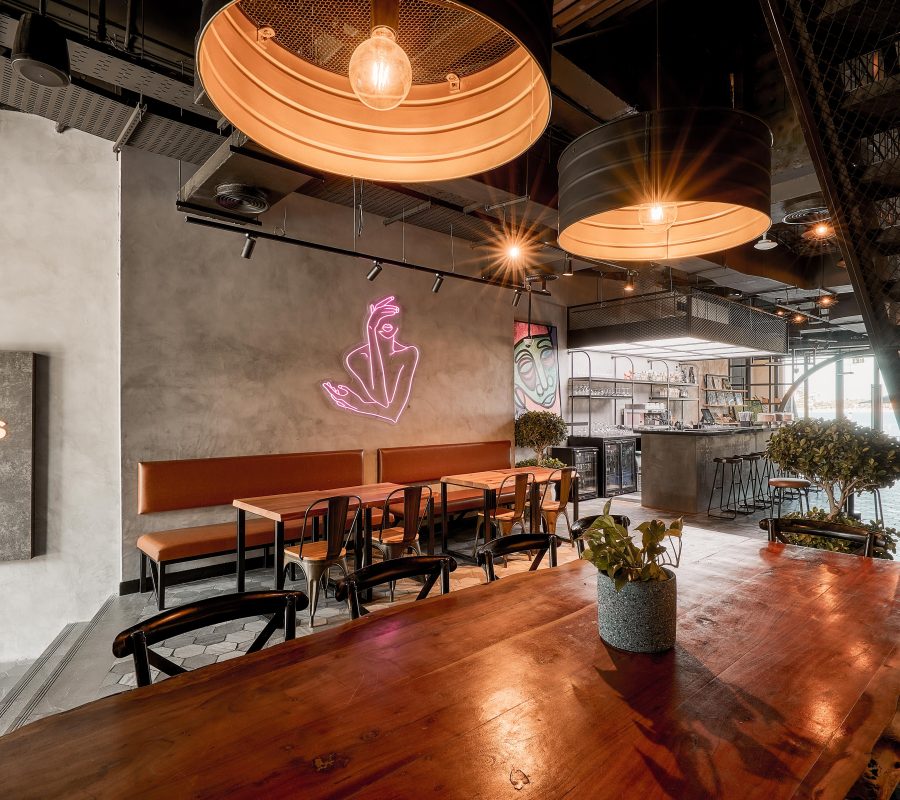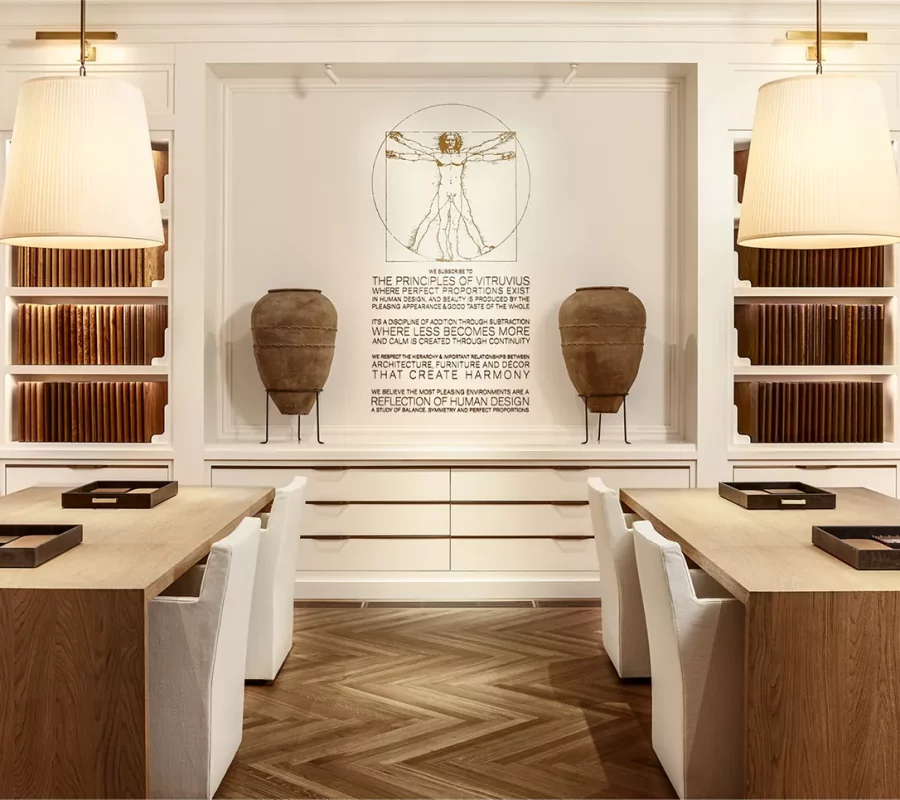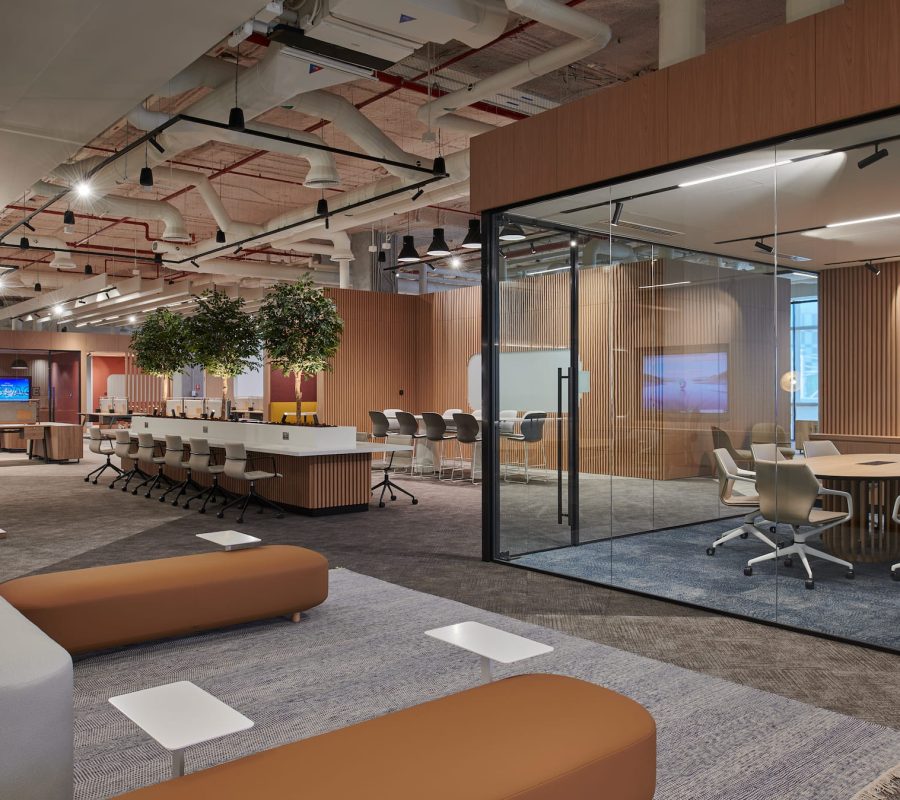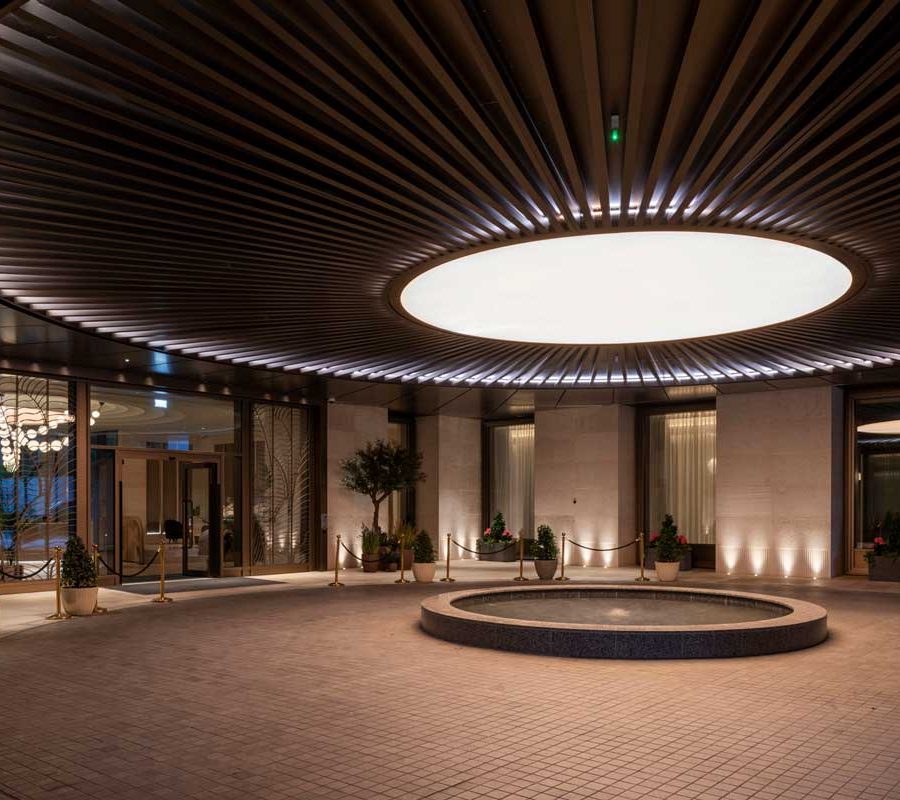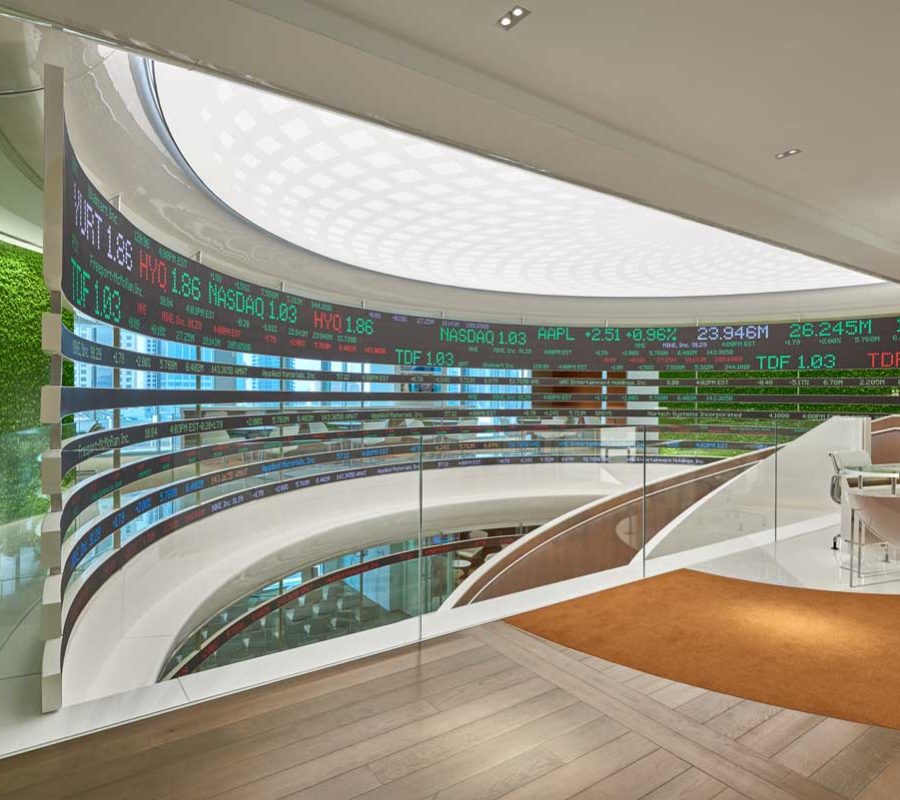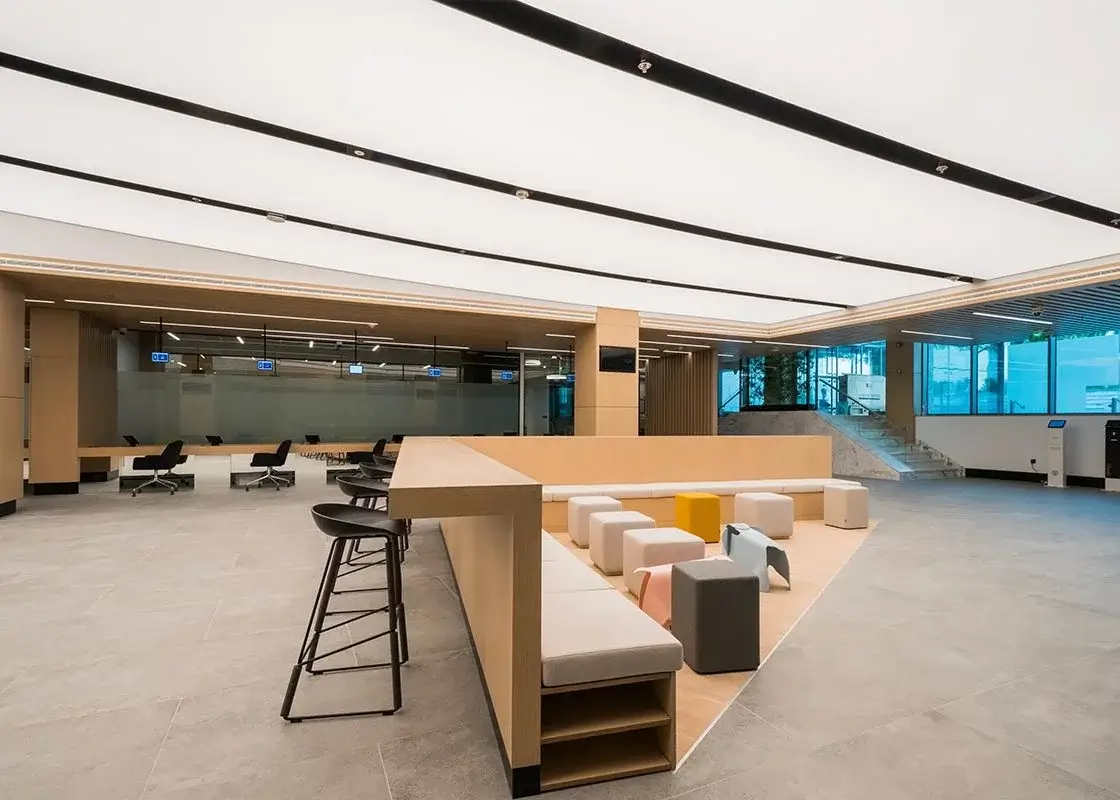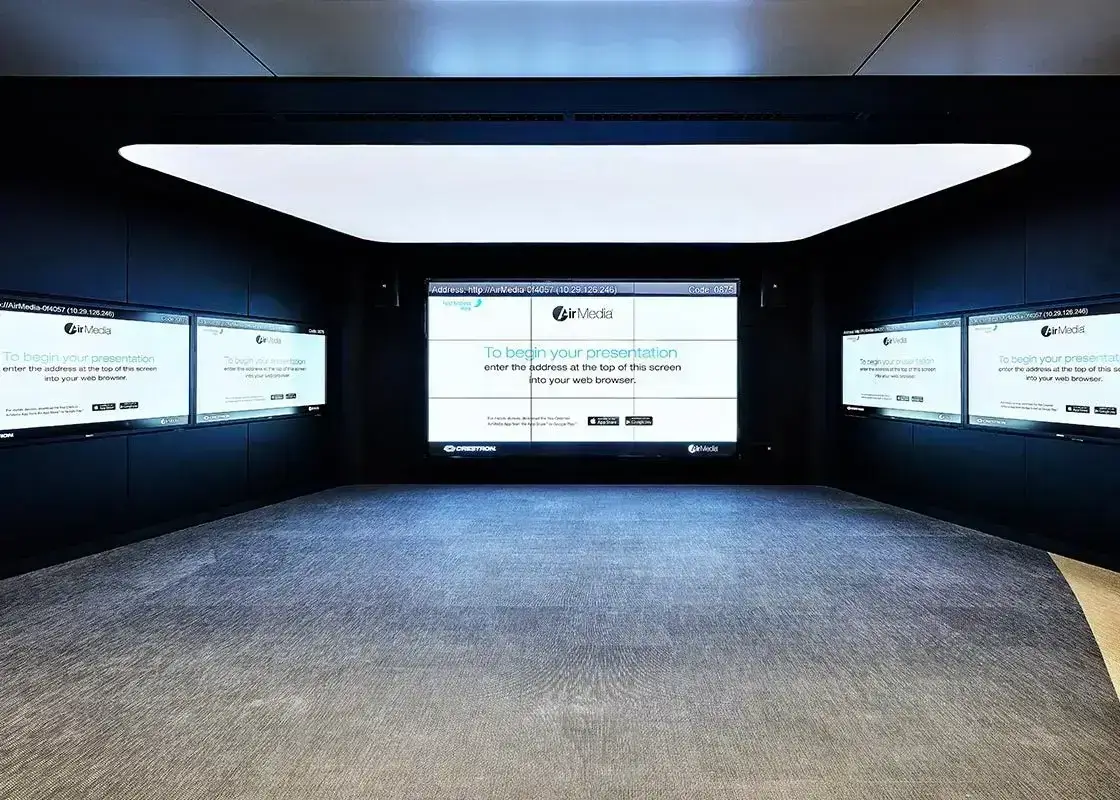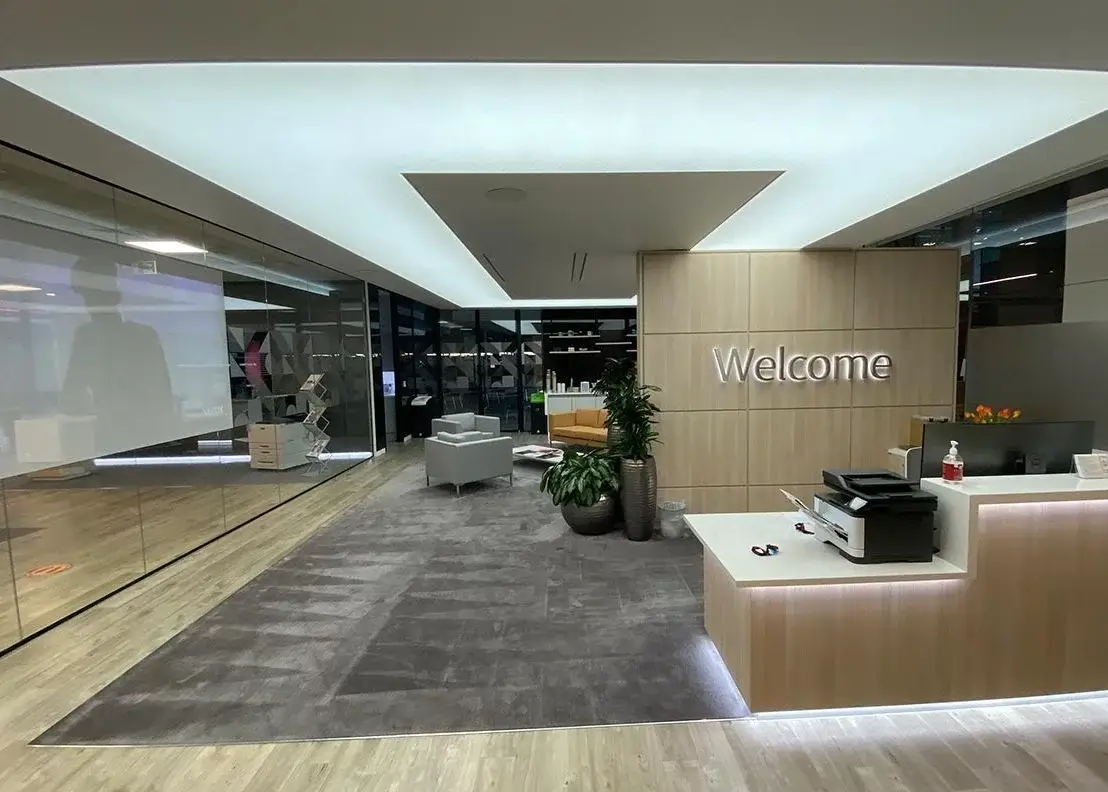Commercial
The Guide to Choosing the Right Acoustic Solutions for Your Space
At NGA we have over 20 years experience with acoustic solutions, here’s our guide to choosing the right acoustic solutions for your space.
There are many factors to consider when choosing the right acoustic solutions for your space. Defining what your space will be used for and which acoustic solutions are appropriate is essential before embarking on any acoustic design project. At NGA we have over 20 years’ experience with acoustic consultancy and design, here’s our guide to choosing the right acoustic solutions for your space.
Different types of acoustic materials
PET Felt is a type of acoustic material made from recycled PET (polyethylene terephthalate) plastic bottles that have been processed into a dense, felt-like material. This environmentally friendly material is commonly used for sound absorption and interior design projects. It has a soft and textured surface that helps absorb sound waves, reducing echoes and improving the acoustic quality of a space. PET Felt can be manufactured in various colours, thicknesses and patterns, allowing for creative and customisable acoustic designs. It can be used in the form of panels, tiles, or other shapes to create visually appealing and acoustically effective wall coverings, partitions, and decorative elements.
Fabric wall systems, also known as stretched fabrics, are acoustic solutions that involve covering rigid panels or frames with fabric. These panels are often made from materials like wood, foam, or mineral wool, which have sound-absorbing properties. The fabric covering not only adds aesthetic value but also serves as a porous surface that absorbs sound waves, reducing reverberation in a room. Fabric wall systems are versatile and can be used in a variety of settings, such as offices, auditoriums, restaurants, and hotels. The fabric itself can come in different textures, colours, and patterns, allowing for both functional and visually appealing designs.
Acoustic baffles are suspended panels or elements that are hung from the ceiling to improve sound control in large spaces with high ceilings, such as auditoriums, gyms, hotels and open-plan offices. They are designed to break up sound reflections and prevent sound waves from traveling long distances, reducing overall noise levels and improving speech clarity. Acoustic baffles are typically made from sound-absorbing materials such as fiberglass, foam, or mineral wool. They are arranged in rows or patterns to create a balanced and effective distribution of sound absorption across the space.
Sound absorption vs soundproofing
Sound absorption is the process of reducing the reflection of sound waves off surfaces. When sound waves hit a surface, they can be reflected, absorbed, or transmitted. Absorptive materials are used to reduce the amount of sound that bounces back off surfaces, thus minimising echoes within a space. This is especially important in spaces like recording studios, theatres, and conference rooms, where clear speech or audio quality is desired. Materials that are good at absorbing sound typically have porous and soft characteristics. Examples of sound-absorbing materials include acoustic panels, acoustic foam, mineral wool, and fabrics.
Soundproofing, on the other hand, aims to prevent the transmission of sound waves from one area to another. It involves creating barriers that block or dampen sound waves, preventing them from passing through walls, ceilings, floors, and other structures. Soundproofing includes adding mass to walls, using resilient channels to decouple structures, creating air gaps, and using materials with high sound isolation properties like soundproof drywall, mass-loaded vinyl, and specialized insulation. The aim is to reduce the intensity of sound that reaches the other side of the barrier, minimising the impact of external noise or preventing sounds from escaping.
Understanding acoustic ratings and certifications
Some acoustic products may contribute to green building certifications like LEED (Leadership in Energy and Environmental Design) or BREEAM (Building Research Establishment Environmental Assessment Method). These certifications consider factors such as energy efficiency, environmental impact, and indoor environmental quality, which can include acoustic performance.
The sound absorption coefficient is a numeric value ranging from 0 to 1 that indicates the proportion of sound energy absorbed by a material or surface. A coefficient of 0 means the material reflects all sound, while a coefficient of 1 indicates complete sound absorption. The coefficient is measured at different frequencies and is used to quantify the effectiveness of a material’s sound absorption capabilities. Different materials and surface treatments have different absorption coefficients at different frequencies.
The noise reduction coefficient (NRC) is an average value of the sound absorption coefficients at four specific frequencies (250 Hz, 500 Hz, 1000 Hz, and 2000 Hz). It represents the overall sound absorption performance of a material or surface across a range of frequencies. NRC values range from 0 (no sound absorption) to 1 (perfect sound absorption). For example, an NRC of 0.75 indicates that 75% of the incident sound energy is absorbed by the material.
Importance of acoustic design in various settings
In office settings, clear communication is essential. Acoustic design can help to ensure that speech is heard clearly, allowing employees to communicate effectively. Acoustic products like sound-absorbing panels and materials help reduce background noise and echoes.
In offices, excessive noise from conversations, office equipment, and HVAC systems can be distracting and detrimental to productivity. Well-designed acoustics help create quieter workspaces, reducing the impact of noise and increasing employees’ ability to focus and concentrate on tasks.
Offices also require privacy for meetings, discussions, and focused work. Effective acoustic design ensures that confidential conversations are not overheard by others, contributing to a professional and private atmosphere.
Hotels and restaurants:
In hotels and restaurants, the quality of the guest experience is crucial. Excessive noise levels can negatively impact guests’ comfort, making it difficult to sleep in hotels or have conversations in dining areas. Proper acoustic design maintains a peaceful ambiance and enhances the overall guest experience.
Acoustic design doesn’t just focus on function; it also contributes to the aesthetic appeal of a space. Acoustic panels, baffles, and other treatments can be designed to match the decor and style of the space, enhancing the overall visual appeal while improving sound quality.
In restaurants and hotels, noisy kitchen equipment, music systems, and HVAC systems can disrupt the dining or sleeping experience. Acoustic design helps minimise noise disturbance, allowing patrons to enjoy their meals or get a good night’s sleep without unnecessary interruptions.
For any additional information on our acoustic solutions or to view our full product range click here.
